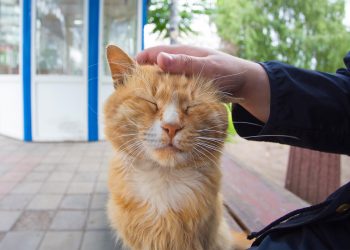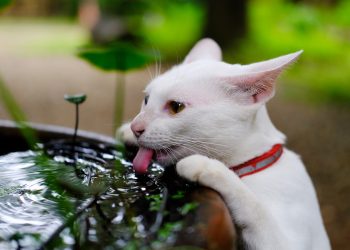Cats, known for their meticulous grooming habits, rarely need human intervention when it comes to staying clean. However, there are occasions where bathing becomes necessary. If you’ve ever wondered about the ins and outs of cat bathing, this guide dives deep into the topic, providing expert insights and actionable tips.
Understanding Cat’s Natural Grooming Habits
Cats are natural groomers, often spending significant parts of their day cleaning themselves. This grooming not only removes dirt and debris but also distributes natural oils across their fur, aiding in skin hydration and insulation. It’s this behavior that typically reduces the need for frequent baths.

Factors Influencing the Frequency of Cat Baths
- Lifestyle (Indoor vs. Outdoor): Indoor cats usually require fewer baths than outdoor ones, as they’re less exposed to dirt, pests, and other contaminants.
- Age and Health: Kittens, elderly cats, or those with certain health issues might not groom as efficiently. In such cases, periodic baths can help.
- Specific Incidents: Situations like a cat getting into a spill, having a flea infestation, or being skunked necessitate immediate baths.
Potential Risks of Over-bathing
- Skin Irritation: Over-bathing can strip away essential oils, leading to dry, flaky skin.
- Stress: Many cats find water and the act of bathing stressful. Regular baths can lead to anxiety and behavioral issues.
- Temperature Regulation: Wetting the fur affects a cat’s ability to regulate its body temperature, especially in cold environments.
The Right Way to Bathe Your Cat
- Prepare in Advance: Assemble all your supplies, like a cat-specific shampoo, towel, brush, and a non-slip mat.
- Brush Before Bathing: This helps in detangling the fur and removing any mats.
- Use Lukewarm Water: Ensure the water is comfortable for your cat, neither too hot nor too cold.
- Be Gentle and Quick: Minimize the stress by being efficient. Use gentle strokes and avoid water in their ears or eyes.
- Post-bath Care: Towel dry your cat and, if possible, use a pet-specific blow dryer on a cool setting. Brush again once the fur is dry.
Hygiene Post-Pooping
While cats are usually adept at keeping themselves clean, sometimes, due to diarrhea or long fur around the anal region, remnants might remain. Gently wiping their bottom with pet-safe wipes or a damp cloth can help maintain hygiene.

When to Consult a Vet
If you notice your cat is excessively dirty, has a persistent odor, or if you’re planning to bathe them more frequently than once a month, it’s essential to consult with a veterinarian. They can offer specific advice tailored to your cat’s unique needs, ensuring their health and well-being are prioritized.
While cats are naturally clean animals, understanding when and how to properly bathe them can enhance their health and comfort. Always approach the process with patience and care, keeping their well-being at the forefront. Remember, when in doubt, consulting a veterinarian can provide clarity and direction.

Next on your reading list:













